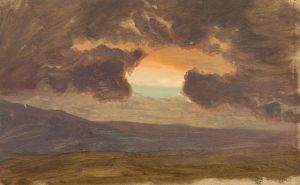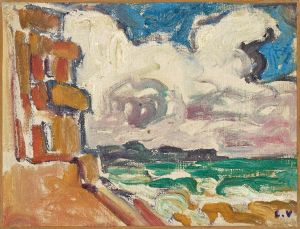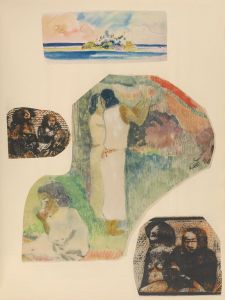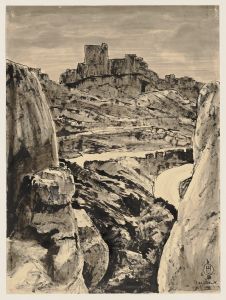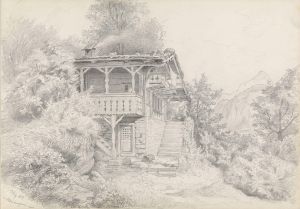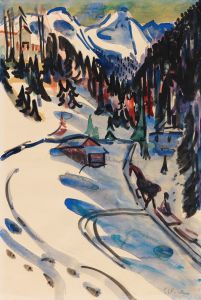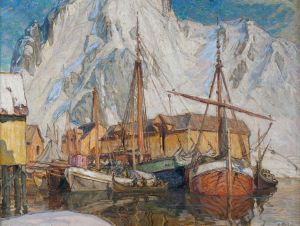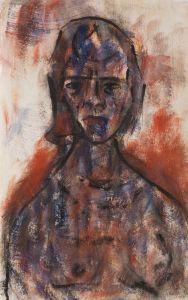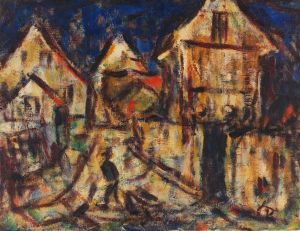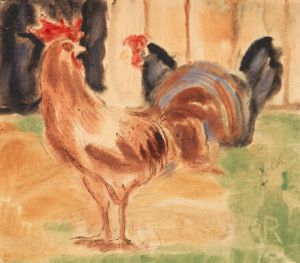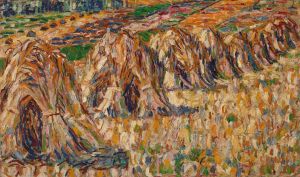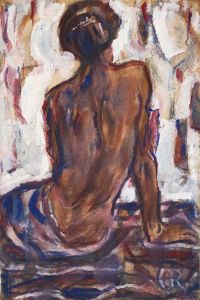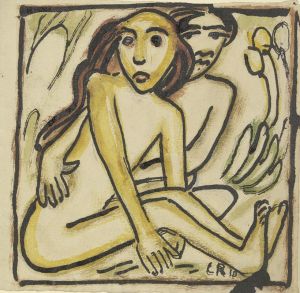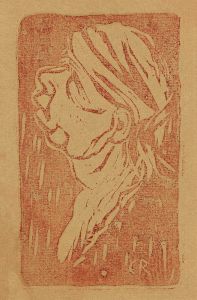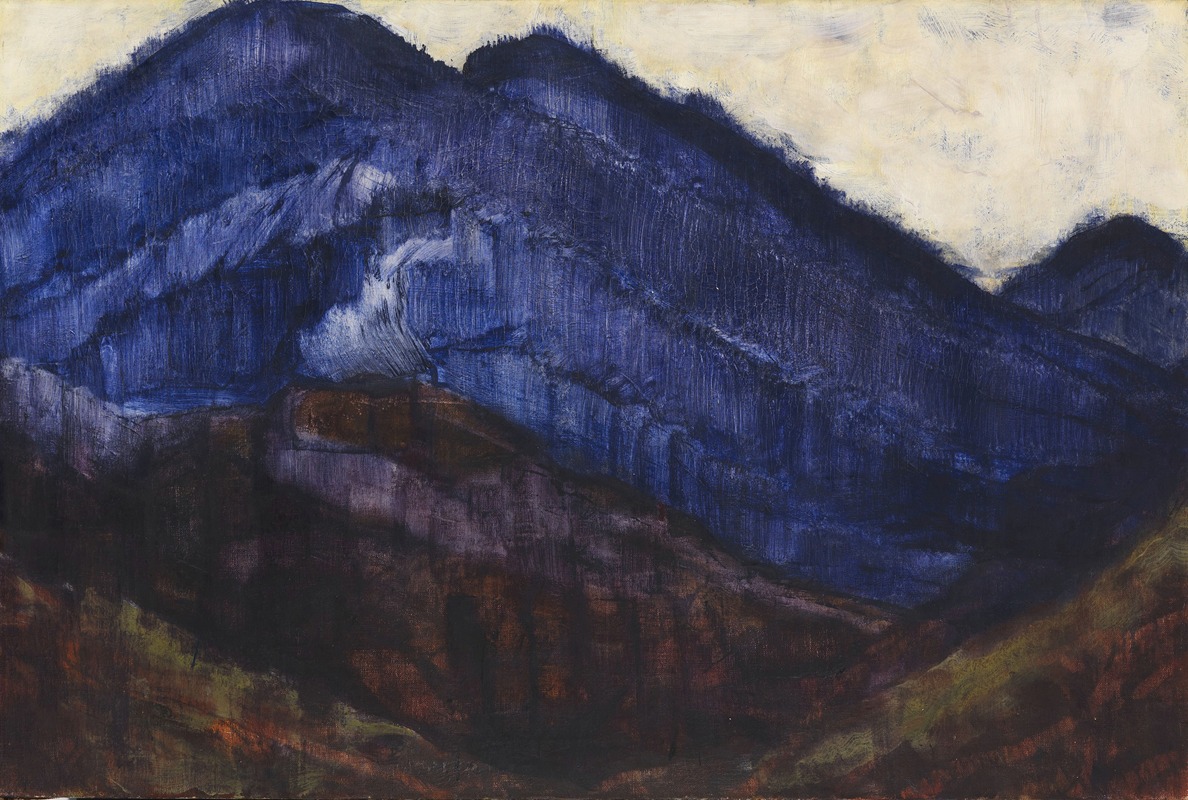
Die blauen Berge
A hand-painted replica of Christian Rohlfs’s masterpiece Die blauen Berge, meticulously crafted by professional artists to capture the true essence of the original. Each piece is created with museum-quality canvas and rare mineral pigments, carefully painted by experienced artists with delicate brushstrokes and rich, layered colors to perfectly recreate the texture of the original artwork. Unlike machine-printed reproductions, this hand-painted version brings the painting to life, infused with the artist’s emotions and skill in every stroke. Whether for personal collection or home decoration, it instantly elevates the artistic atmosphere of any space.
Christian Rohlfs was a prominent German painter known for his contributions to Expressionism. Born in 1849, Rohlfs had a long and evolving career that saw him transition through various artistic styles. One of his notable works is "Die blauen Berge" (The Blue Mountains), which reflects his mature style characterized by bold colors and expressive forms.
Rohlfs began his artistic journey studying at the Weimar Academy, where he initially focused on more traditional forms of painting. However, his style evolved significantly over the years, influenced by various art movements and personal experiences. By the early 20th century, Rohlfs had embraced Expressionism, a movement that emphasized the expression of emotional experience rather than physical reality.
"Die blauen Berge" is a testament to Rohlfs' mature Expressionist style. The painting is characterized by its vibrant use of color and dynamic composition, which are hallmarks of Expressionism. Rohlfs often used color to convey emotion, and in "Die blauen Berge," the blue hues may evoke a sense of tranquility or introspection. The painting's composition likely features abstracted forms that suggest a landscape, a common theme in Rohlfs' work during this period.
Rohlfs' work, including "Die blauen Berge," was part of a broader movement in early 20th-century art that sought to break away from the constraints of realism and explore more subjective interpretations of the world. This movement was partly a reaction to the rapid changes and uncertainties of the modern world, and artists like Rohlfs sought to capture the emotional and psychological dimensions of human experience.
Throughout his career, Rohlfs was associated with several influential art groups and movements. He was connected with the Berlin Secession, a group of artists who broke away from traditional academic art institutions to pursue more avant-garde styles. Rohlfs also had ties to the Brücke group, although he was not a formal member. These connections helped him stay at the forefront of contemporary art developments.
Rohlfs' work was well-regarded during his lifetime, and he received several accolades. However, his career faced challenges during the Nazi regime in Germany, which condemned modernist art as "degenerate." Despite these challenges, Rohlfs continued to work and produce art until his death in 1938.
Today, Christian Rohlfs is remembered as a significant figure in German Expressionism, and his works, including "Die blauen Berge," are appreciated for their emotional depth and innovative use of color and form. His paintings can be found in various museums and collections, where they continue to inspire and engage viewers with their expressive power and artistic vision.





